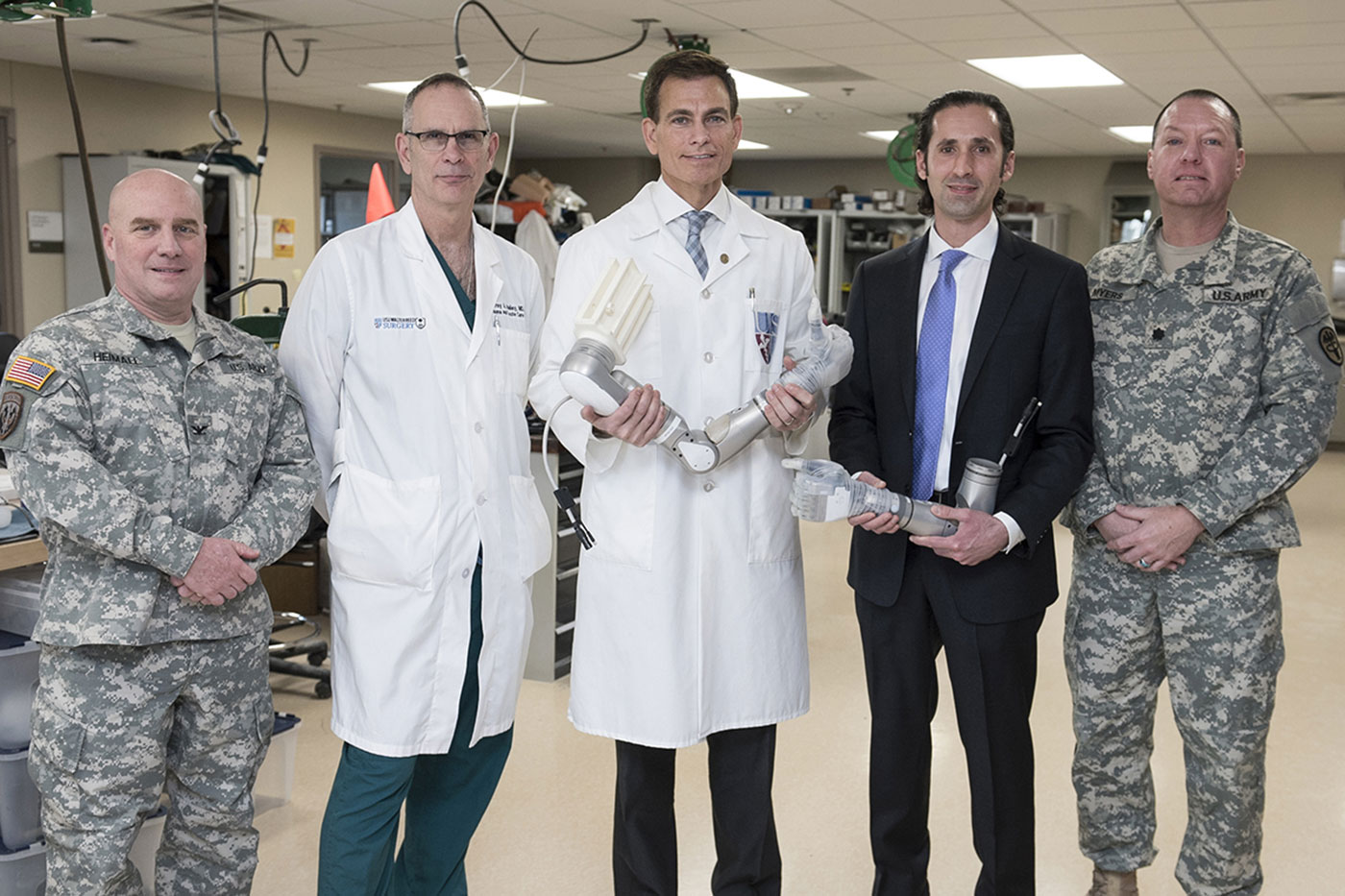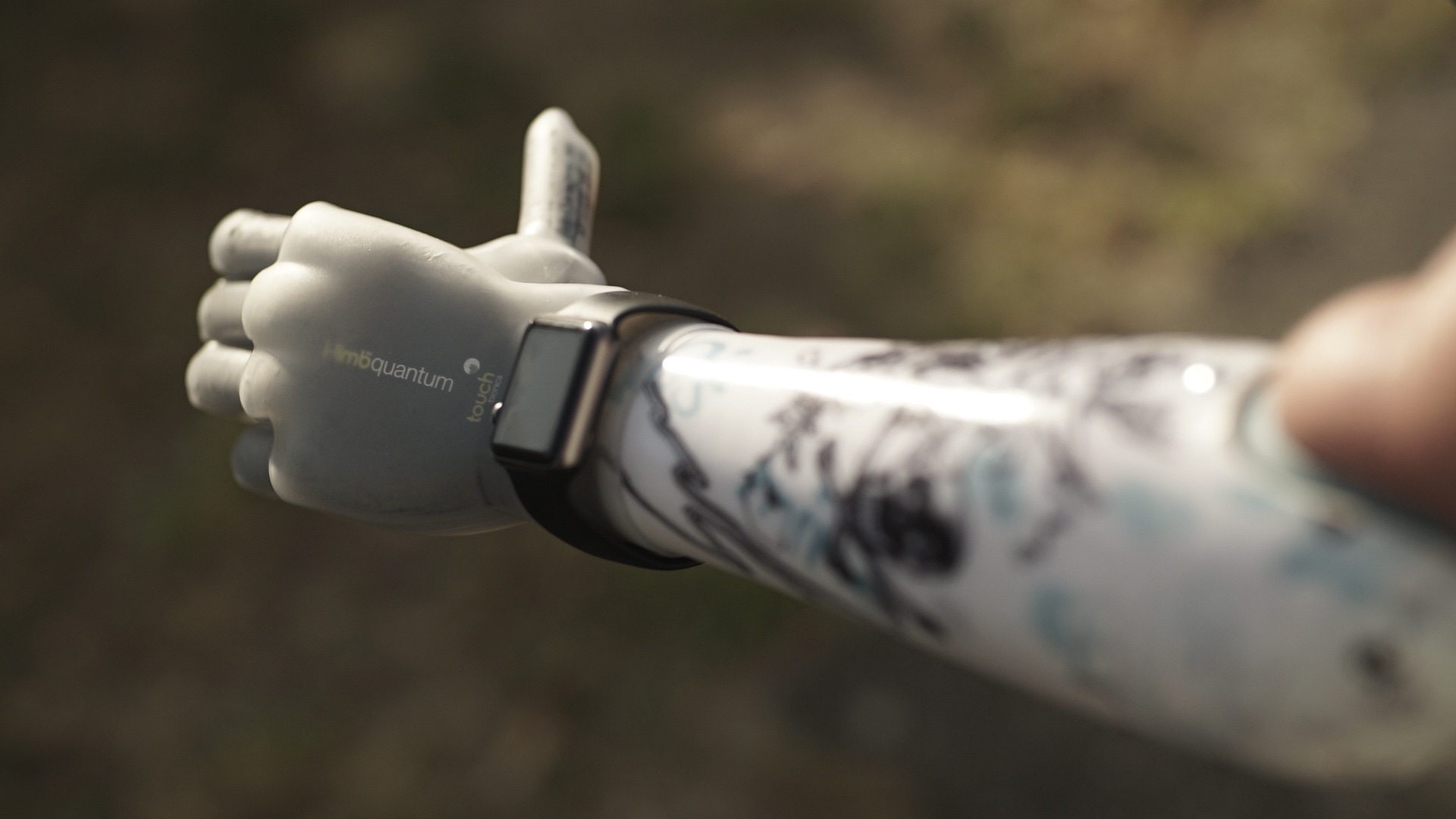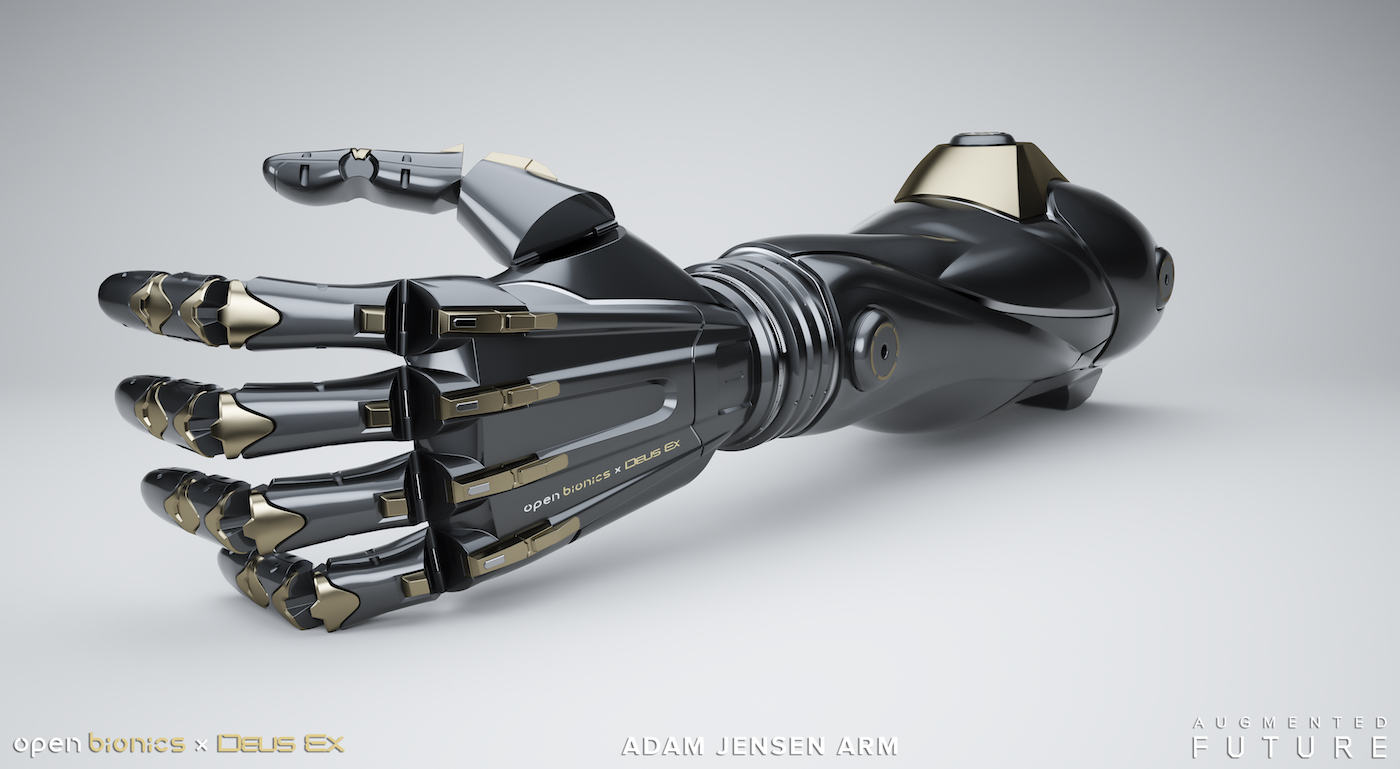 DARPA's sophisticated LUKE bionic arm is ready for production, eight years after its development began and a couple of years after it was approved by the FDA. Before the bionic limb makes the transition into a commercial product, though, the military...
DARPA's sophisticated LUKE bionic arm is ready for production, eight years after its development began and a couple of years after it was approved by the FDA. Before the bionic limb makes the transition into a commercial product, though, the military...
DARPA is giving war vets first access to LUKE bionic arms
 DARPA's sophisticated LUKE bionic arm is ready for production, eight years after its development began and a couple of years after it was approved by the FDA. Before the bionic limb makes the transition into a commercial product, though, the military...
DARPA's sophisticated LUKE bionic arm is ready for production, eight years after its development began and a couple of years after it was approved by the FDA. Before the bionic limb makes the transition into a commercial product, though, the military...
 Lukas Kalemba was walking home with some friends after a night of partying and drinking in Dortmund, Germany, in 2003. While crossing a bridge along the way, he stopped to rest but lost his balance and fell over. In an attempt to break his fall, he i...
Lukas Kalemba was walking home with some friends after a night of partying and drinking in Dortmund, Germany, in 2003. While crossing a bridge along the way, he stopped to rest but lost his balance and fell over. In an attempt to break his fall, he i...
 Remember that Metal Gear-inspired prosthetic arm that Konami developed? Well, it's not the only publisher keen to recreate artificial limbs from video games. Square Enix and Eidos-Montréal have teamed up with Open Bionics, a specialist in low-...
Remember that Metal Gear-inspired prosthetic arm that Konami developed? Well, it's not the only publisher keen to recreate artificial limbs from video games. Square Enix and Eidos-Montréal have teamed up with Open Bionics, a specialist in low-...
